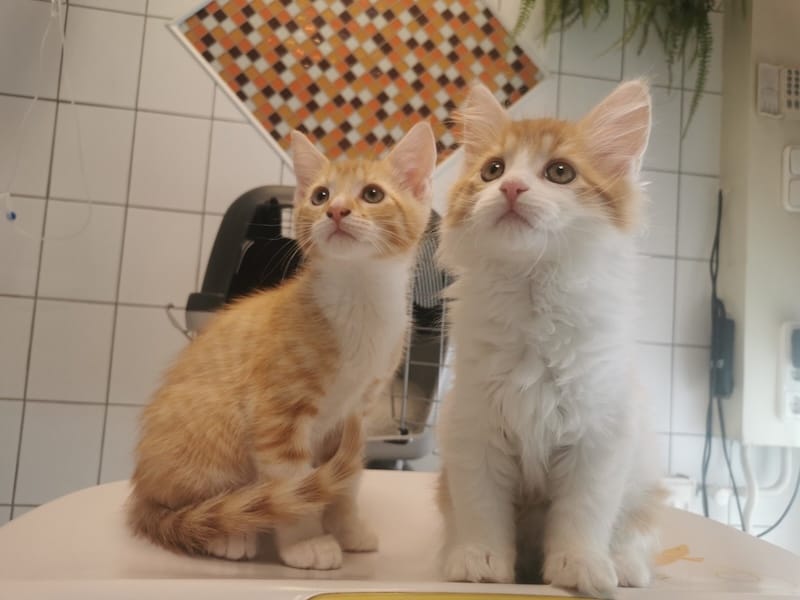Neutering cats

FEMALE CAT NEUTERING
There are various reasons of neutering a female cat:
Defense against unwanted reproduction:
The cats are very reproductive animals. They are usually sexually mature after they reach the age of 6 months. Females are ready for reproduction almost anytime. They might bear many times in a year, usually 3 to 6 kittens at once.
Defense against scars
Male cats who use to go out usually fight with other male cats for winning a female cat, and they also might fight with females during mating. The scars left on the cats after these fights may infect, and viral cat diseases may spread.
Defense against heat symptoms
Female cats are on heat for 5-6 days, every 2-3 weeks. While being on heat, they might be agressive, the symptoms are heavy. The cats barely eat during these times, and they meow very loudly.
Disease prevention
It is important to neuter female cats to prevent diseases. If the animal is older, abnormal ovary-function is common, and even ovary-cyst or uterus-inflammation may evolve. Neutering is not only important to prevent inflamed genital diseases, but it also prevents the evolution of tumorous diseases. If the neutering is made in the first few years of the dog, it abates the chance of breast cancer.
Therapeutic purpose
In case of uterus inflammation, other serious uterus mutation or serious ovary mutation, the neutering should be made as therapy.
Information about female cat neutering:
The oestrus can be prevented or suspended by hormone preparations, but it is not suggestible for a long term because it may lead to uterus inflammation. It is a good temporary solution, if we would like to have some kittens in the future. The final and certain abolition of oestrus is the surgery. The neutering surgery is usually made after the cat becomes sexually mature. During the surgery, the cat is under anaesthesia, so it is worth to let it starve a day before. In case of healthy uteral horns (cornu uteri), ovary removal may be done. In other cases, the uteral horns are also removed. The abdominal cuts are closed in layers, the skin inclusions are removed in 12 days. To prevent licking, the cat gets a protective collar.
MALE CASTRATION
There are various reasons of castrating a male cat:
Defense against unwanted reproduction:
The cats are very reproductive animals. They are usually sexually mature after they reach the age of 6 months. Females are ready for reproduction almost anytime. They might bear many times in a year, usually 3 to 6 kittens at once.
Defense against scars
Male cats who use to go out usually fight with other male cats for winning a female cat, and they also might fight with females during mating. The scars left on the cats after these fights may infect, and viral cat diseases may spread.
Stopping the "marking" habits of male cats which are kept in flats
Sexually mature male cats kept in flats often cause discomfort by marking our furniture with their smelly urine which contains male hormones.
The owner should know the following about castration:
1. During the surgery, the cat is under anaesthesia, so it is worth to let the cat starve a day before. During the surgery, the testicles are removed through a small (ca. 1.5 cm) wound. In larger dogs, the testicles and the scrotum are both removed. The scar is not going to be sewed, so there is no need for skin inclusion removal.
2. According to the misbelief, cats gain weight after neutering. Our cat may gain weight after neutering, if we don't feed it according to it's needs. After the surgery, the sexual activity ceases, so the cat may have more energy and time to eat. It is important not to overfeed our pet after neutering, we should rather give less food.
3. The cats usually don't drink much water, their urine might be thicker. The crystals in the thick urine may spring open, bladder sand may evolve and it often causes problems in castrated cats. After castration, male sexual hormones evacuate from cats, it may decrease the capaciousness of the urethra. On the other hand, male cats have much longer urethra with a smaller radius than female cats. Bladder sand may cause urethral clog. This clog may cause painful urination, blood urination, urinal disorder.
